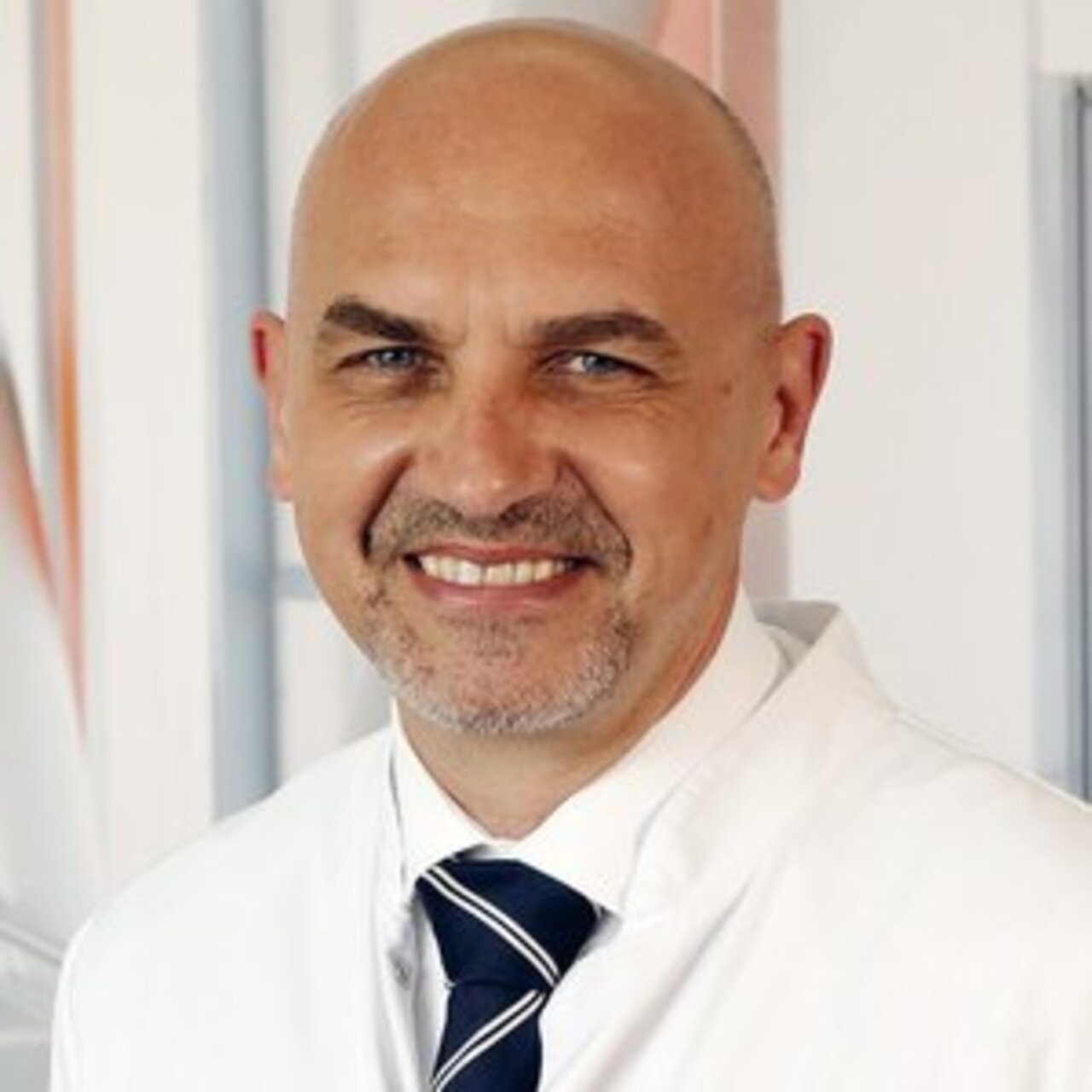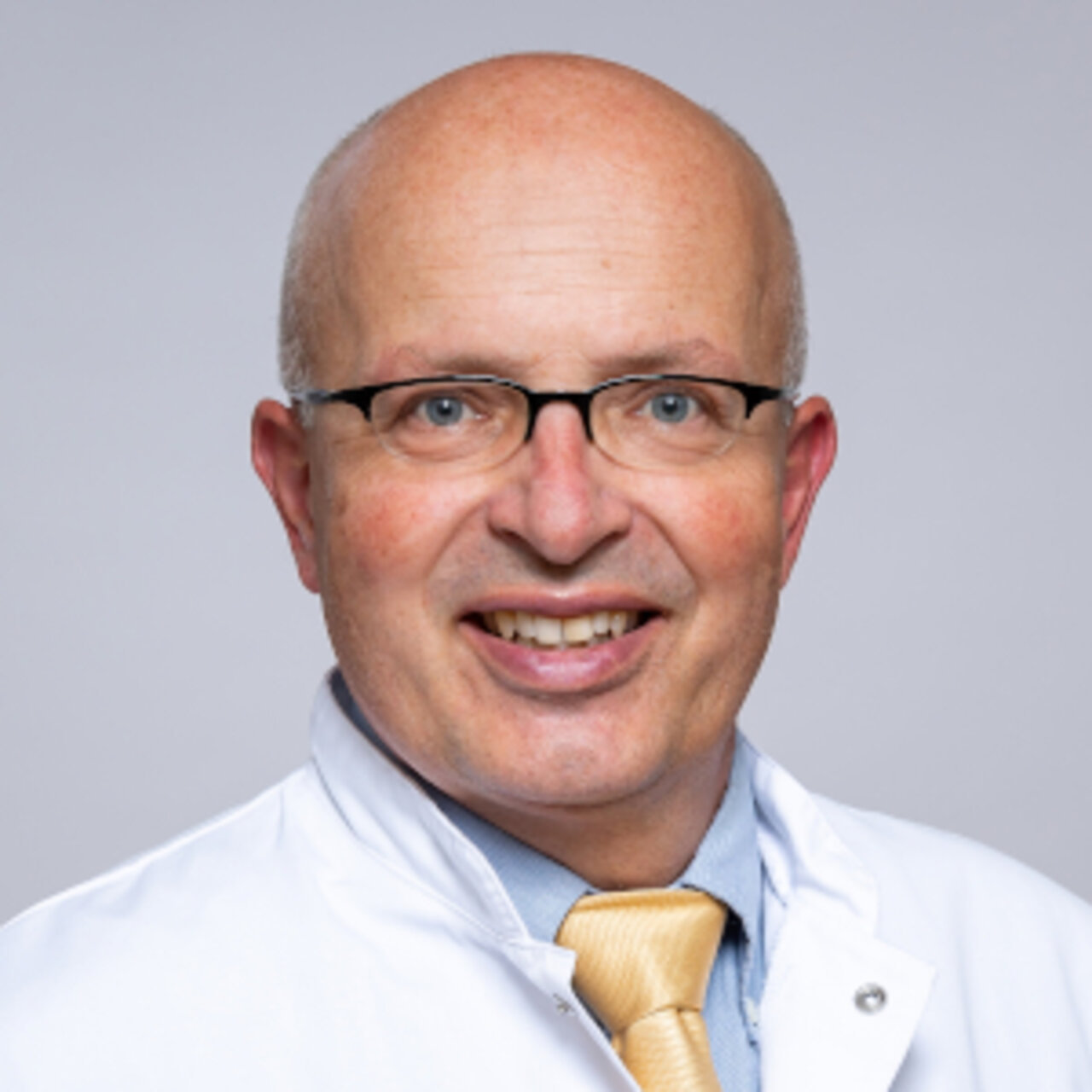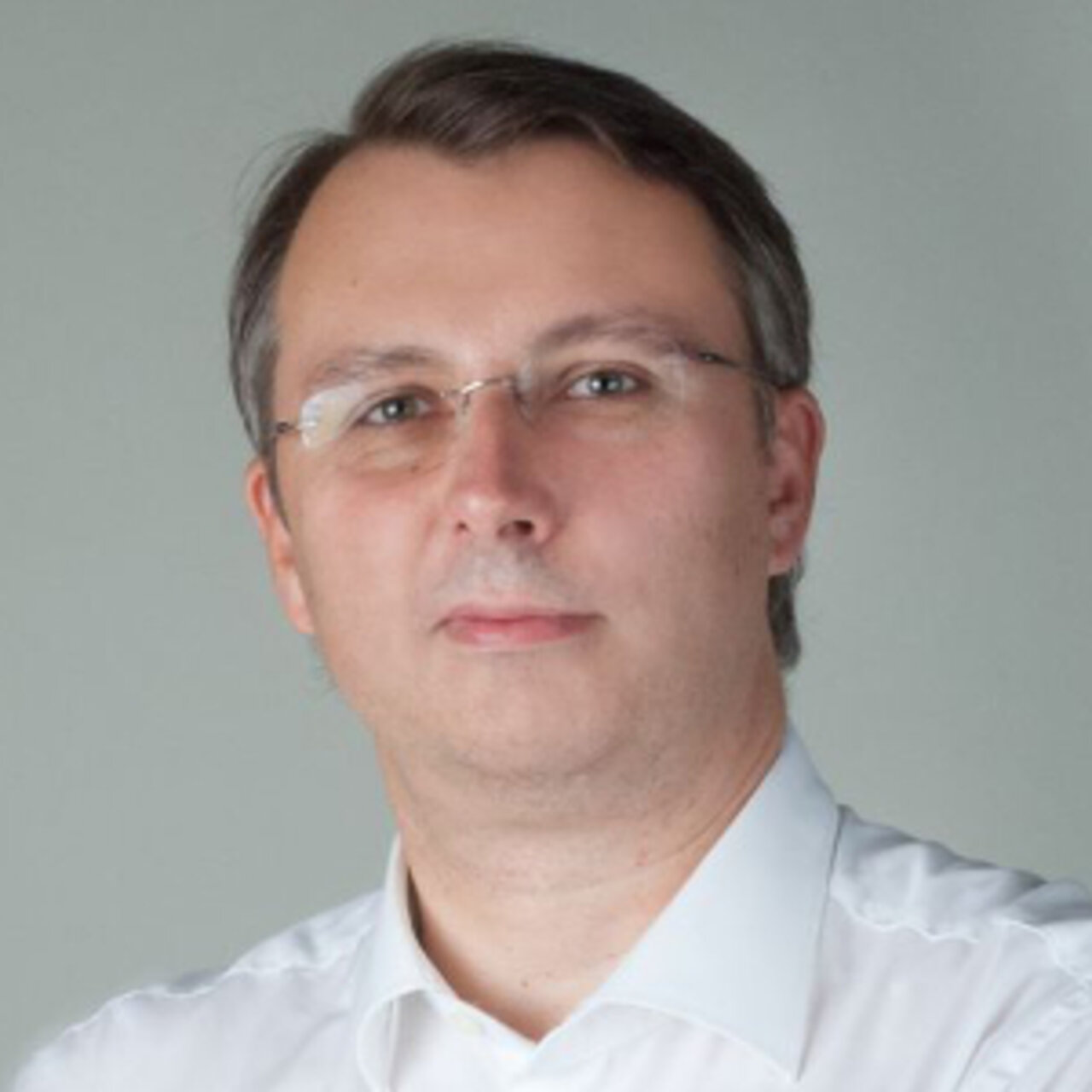Specialists in Varicose Veins
5 Specialists found
Information About the Field of Varicose Veins
Definition: What Are Varicose Veins?
Varicose veins, also known as varices, are dilated, curled superficial veins, which are easily visible because they usually run superficially under the skin. If a patient suffers from varicose veins, the clinical picture is called varicosis. They are the most common of all venous diseases, affecting about 20% of all adults.
Specialists: Which Doctors Diagnose and Treat Varicose Veins?
To avoid late damage, people suffering from varicose veins should seek professional treatment at an early stage. If varicose veins are suspected, a phlebologist (vein doctor), angiologist (vascular doctor), or vascular surgeon should be consulted. These doctors are experts in diagnosing and treating varicose veins.
Risks: Why Should Patients Get Treatment for Weak Veins?
Varicose veins are by no means harmless. If left untreated, serious secondary diseases can develop, which can be prevented by early therapy. The following conditions can be attributed to weak veins.
- Swollen legs (edema)
- Eczema
- Open leg (venous ulcer)
- Phlebitis
- Thrombosis
- Pulmonary embolism
Causes: How Do Varicose Veins Develop?
The task of the veins is to transport the blood in the vascular system back to the heart. In the legs, the blood must be pumped upward against the force of gravity, which is done in the limbs by tensing the muscles. When the muscles relax again, the blood in the legs will sink downward.
Therefore, so-called venous valves are located inside the veins, which are comparable to a valve. They prevent the blood from flowing back. If the venous valves no longer close properly, the blood flows more slowly, backs up in the vessels, and becomes visible under the skin.
In a few cases, varicose veins can also develop when the outflow of blood from superficial to deeper veins is restricted, which can occur, for example, due to blood clots or tumors that prevent venous flow. Varicose veins often occur in the more prominent veins. Then they are so-called saphenous varices. If smaller veins are affected, they are called varices of lateral saphenous branches varices or spider veins.
The development of varicose veins is supported by a genetic predisposition that leads to the vein walls' weakness. Frequently, several family members are affected by the vein condition. Women are 2 to 3 times more likely to develop the disease than men, and the number of sufferers increases with advancing age. The first manifestation usually occurs in the 3rd decade of life. Besides, hormones influence the formation of varicose veins. Chronic constipation, obesity, and pregnancy are other risk factors. People who have predominantly sitting or standing jobs are also more often affected.
Symptoms: What Are the Symptoms of Varicose Veins?
Varicose veins are not just a cosmetic problem. Symptoms often include a dull ache or feeling of pressure in the legs after long periods of standing. Feelings of fatigue, heaviness, and tightness in the legs may develop, which improve when lying down and moving.
Foot and calf cramps may occur at night. Occasionally, so-called edema develops, i.e., swelling of the lower legs and ankles. Skin ulcers above the ankles, bleeding, and thrombosis can occur when suffering distinct varicose veins. It is also typical for varicose veins that the complaints increase towards evening, after long periods of sitting or standing, and warm weather.
Diagnosis: How Are Varicose Veins Diagnosed?
In addition to simple inspection, duplex sonography is used as the standard in varicose vein diagnostics. This ultrasound technique allows simultaneous imaging of the blood flow, vessel, and surrounding tissue.
Phlebography is a contrast imaging technique of the venous system. It has mainly been superseded by duplex sonography but is still used.
Rarely, light reflection rheography (LRR) is also used to assess the veins' filling status. Magnetic resonance imaging (MRI) or contrast-enhanced computed tomography (CT) imaging are used only in more complicated cases.
Treatment: What Are the Treatment Options?
Various options are available for the treatment of varicose veins. The varicose veins specialist will discuss which method is best with the patient in each case.
Conservative Varicose Vein Treatment
Varicose veins can usually be treated conservatively. Symptoms often disappear if the legs are elevated at regular intervals, prolonged periods of standing and sitting are avoided, and elastic stockings are worn. Compression stockings are tight stockings that exert targeted pressure on the veins, thus constricting them, which allows them to close the venous valves, and ensures the blood return flow to the heart again. The fit of the compression stockings is essential for optimal therapeutic success. Different compression classes and custom-made stockings may be necessary if the shape of the leg varies greatly.
Conservative therapies only alleviate the symptoms of the vein condition. The varicose veins are still present and may continue to cause discomfort.
There is still no safely effective drug therapy for varicose veins. Although several medications can alleviate varicose veins' symptoms, a drug that can cure them is unknown.
Varicose Vein Surgery
Vein stripping is the classic method of surgically removing varicose veins. In stripping, a special flexible probe is inserted into the affected vein and advanced to its end. The varicose vein is then cut at the top and bottom, fixed to the probe, and pulled out of the skin along with the probe. In vein stripping, the Backbock probe, the Vollmar’s ring stripper, or a cold probe are used.
Diseased veins are removed through small incisions in the skin without a probe if a mini-phlebectomy is used.
Often, a so-called crossectomy takes place before stripping. In this procedure, the superficial and deeper venous systems are separated. The transition point is called a crosse because this part of the venous system resembles a shepherd's crook.
Sclerosing Varicose Veins
Sclerotherapy is an alternative to surgical procedures. It involves injecting foam or liquid into the damaged vein. Whether foam or liquid is used depends on the varicose vein’s size and location. The varicose veins are punctured with a needle, and the sclerosing agent is injected, causing the diseased vein to stick together, close up, and be broken down by the body within a few weeks.
In endo-venous radiofrequency and laser therapy, a probe is inserted into the affected vein and sclerosed from the inside by laser or radio waves, similar to sclerotherapy. The veins are not removed but slowly broken down by the body.
Sources:
Herold Innere Medizin 2016; Harrison Innere Medizin; Innere Medizin Greten, Rinninger, Greten;internisten-im-netz.de ; gesundheit.gv.at ; gefaesserkrankung.at/krampfadern ;





